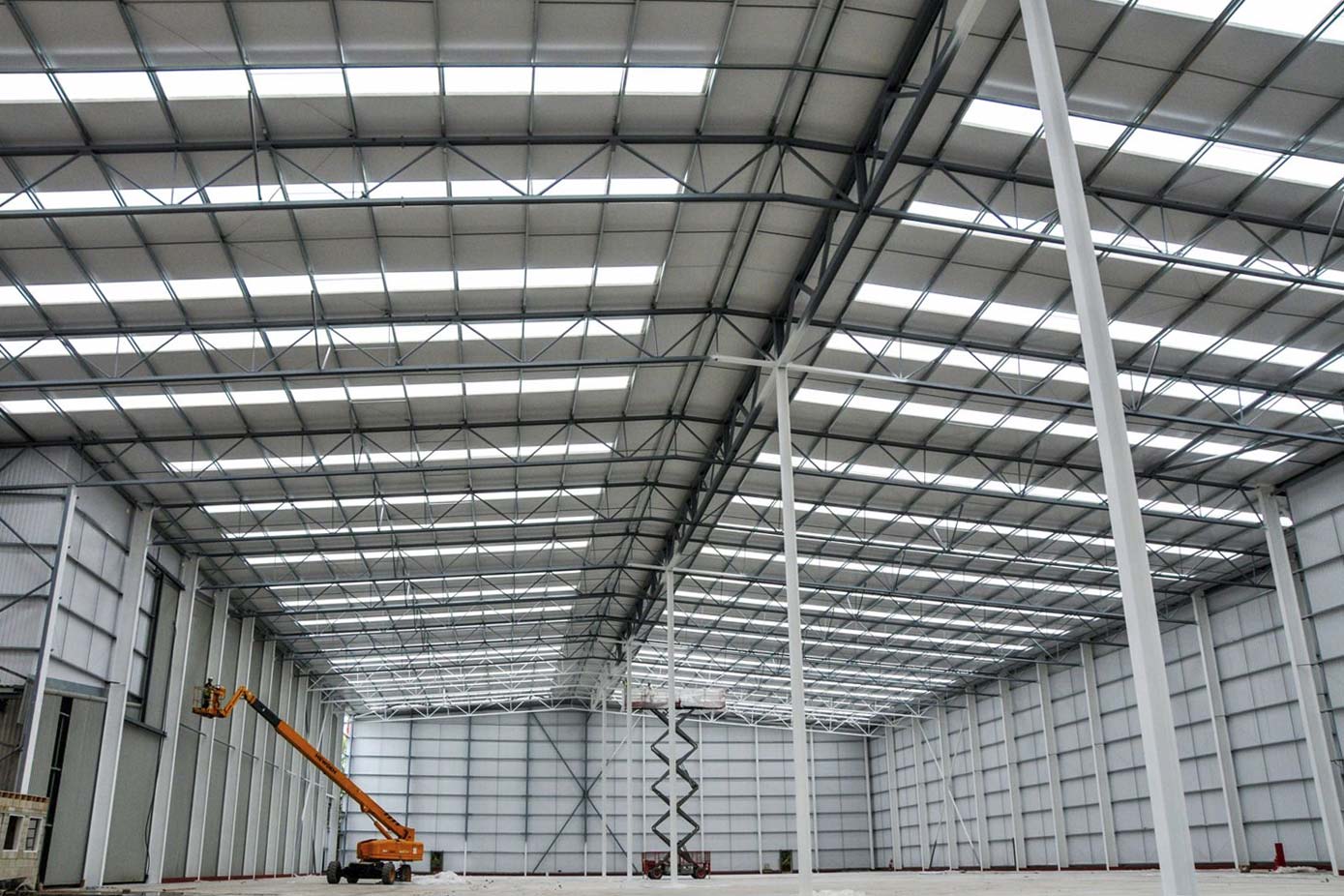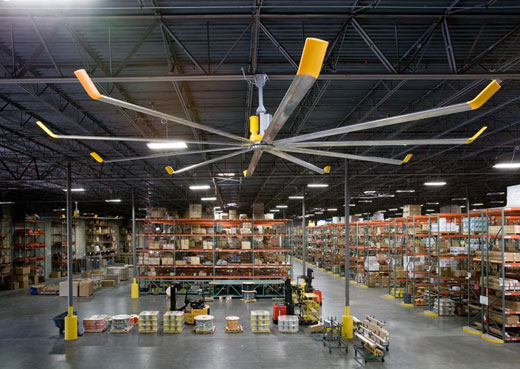5 short-term and long-term sustainable warehousing strategies
As new Government policies come in, sustainable warehouse is becoming more and more important to get right.
The economies of the world are locked in a struggle on multiple fronts against a multitude of growing issues. The supply chain crunch is continuing, alongside the global pandemic, and above all of that there is a looming threat of the planet’s ecology collapsing due to natural forces combined with human intervention in the form of global warming. Industries all over the world are trying to slow the rising tides of ecological disaster but the best efforts are usually overshadowed by the worst perpetrators. Because of this, there has never been a greater importance stressed upon companies from all industries to practice sustainability in their business.

Sustainability marks how environmentally stable and sustainable your business is. When it comes to logistics operations and warehousing, this can take many forms which all get factored in to a carbon footprint, the net production of harmful emissions through things like traffic or pollution caused by electricity that a building needs to function. Reaching for a high sustainability takes times, with many efforts that can produce short-term boosts in environmentally friendly actions and long-term systems to keep those green energy marks in place.
If you’re stuck on how to turn your business more sustainable, here is a list of things that you can do to stay sustainable long into the future, even when we go past the point of ecological recovery entirely.

Think with Electricity
One of the biggest pollutant producers on the planet is the energy industry. We burn coal, oil and natural gas in power stations to generate the electricity needed to supply everything from residential power loads to industrial factories full of complex machines. You can increase sustainability by using smarter electrical technology which uses less power to generate the same effect. New lighting for warehouses can produce just as much brightness with less cost overall.
Electric Vehicles are also growing as new technology comes to the forefront of the modern car industries. Getting one electric vehicle can save thousands per year on petrol or diesel, and the charging can be done between periods of work. Having a fleet of electric vehicles, such as forklifts or low-size load movers will reduce your carbon output and the cost of constant gas refills.

Roof Over Your Head
There’s a lot of space that goes unused in most warehouses, and all of it is on the roof. The space in a warehouse needs to be wide open to accommodate as many shelves and accessible pathways to get to the items in storage. A solid roof is necessary to keep out the elements, but is your roof also good at keeping out the heat? What about the cold? How often does the HVAC system have to run just to keep things workable?
It may be worth it to replace the roof as an up-front change which can last for many years. A roof made of different material, or with a new reflective paint job, can help keep the floor at an optimal temperature. Some buildings even have rooftop gardens, with plants that naturally absorb the heat of the sunlight and lead to a cooler building underneath. Or, you can use the sun’s energy for yourself in a predominantly fair-weather area and install high efficiency solar panels to supplement the building’s electricity, saving money in the long term by adapting sustainable green technology.

Rethink Recycling
Even if you’re not in the business of recycling, it can pay off to join it. Recycling materials cuts down on the need for more purchases and also cuts down on long term waste and garbage processing fees. Switch out cardboard boxes that get busted up and thrown away for reusable metal or plastic bins. Replace wood block pallets that might need to go after one full day of work with longer lasting high-quality plastic pallets that have hundreds of uses before they need to be replaced.
Metal that can be cleaned and reused many times is the ideal form of recycling, and can be cultivated and processed from pre-existing scrap metal. Focus on stocking your warehouse with tools and solutions that will stay in use year round for years to come, not things that have to be thrown away at the end of every day. Substitute plastic wrap for heavy-duty twine or rope, or something that will easily biodegrade if sent to a landfill.

Keep the Air Clear
Clean air isn’t just vital for the planet, it’s necessary for the people living on it. You can’t work in a smog filled warehouse. That’s what ventilation is for. But is your ventilation doing a good job of keeping the air green as well as clean? A big warehouse obviously needs big fans, and a lot of them.
Look into high volume, low speed fans. These are much larger fans which spin slower but have larger blades and can circulate bigger areas full of air to push the air down, up the walls, and into a vent without needing to pull the air up with dozens of small, fast-moving and energy-draining fans.
They also cause less noise, which helps lower the noise pollution in an already busy, constantly moving warehouse environment.
Don’t just be satisfied with the air inside. You can pay for tax-deductible carbon offsets to influence the air outside. These are funds which go toward environmental protection and cultivation initiatives, such as preserving a certain square-footage of trees in a forest so they can continue to produce oxygen naturally. Or, you can occupy the unused areas of your outdoor yard with trees that can provide shade, fresh air and a general break in the scenery from the hard, processed ground.

Stay in the LEED
If you meet high standards of sustainability, you can apply for a certification from the Leadership in Energy and Environmental Design, or LEED system. This will give you a grade for your performance in sustainability, which can improve over time. Being LEED certified can lead to increased social welfare, positive press, and even grants that help push forward environmentally sustainable practices innovated by you and your team.

For any further information on how to reduce your warehousing carbon footprint or improve your warehouse operations, get in touch: contact@utenant.com.au
Published: 10 January 2022